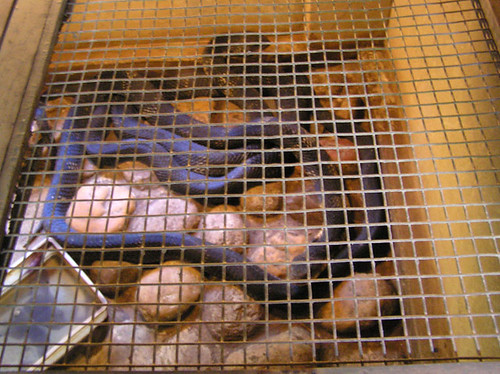Maintaining a clean habitat for your pet snake is essential for its health and well-being, but the cleaning process can be stressful for these sensitive reptiles. Snakes are creatures of habit that rely heavily on familiar scents and surroundings for their sense of security. When we disrupt their environment during cleaning, we risk causing unnecessary stress that can impact their health and behavior. Fortunately, with the right approach, you can keep your snake’s enclosure pristine while minimizing stress to your scaly companion. This comprehensive guide explores gentle, effective cleaning techniques that respect your snake’s natural needs while ensuring a hygienic habitat.
Understanding Why Cleaning Causes Snake Stress

Snakes are highly sensitive to any changes in their environment, with their well-being closely tied to feeling secure in familiar surroundings. When we clean their enclosures, we inevitably alter scent markers that snakes use to establish territory and security. Additionally, the movement, noise, and handling associated with cleaning can trigger a snake’s defensive instincts, as these actions mimic predator threats in the wild. Many species of snakes are naturally shy and reclusive, meaning that the disruption of cleaning can cause physiological stress responses, including increased heart rate, defensive posturing, or refusing food. Understanding these natural responses helps us develop cleaning protocols that work with, rather than against, a snake’s instinctual needs.
Signs Your Snake Is Experiencing Stress

Before and during the cleaning process, it’s important to recognize signs that your snake may be feeling stressed. Defensive posturing such as hissing, striking, or coiling tightly with the head hidden indicates your snake feels threatened. Excessive movement, like rapid slithering around the enclosure or attempting to escape, can signal discomfort with the current situation. Some snakes may display stress through immobility, refusing to move or responding sluggishly when gently touched. Other concerning signs include refusing meals for extended periods after cleaning, regurgitation of recently consumed prey, or unusual defecation patterns. By recognizing these behaviors early, you can adjust your approach to minimize further stress.
Establishing a Consistent Cleaning Schedule

Creating and maintaining a regular cleaning routine helps your snake adjust to the necessary disruptions of habitat maintenance. For most pet snakes, spot cleaning should be performed daily, removing any waste, shed skin, or soiled substrate as soon as you notice it. Partial substrate changes can typically be done weekly or bi-weekly, replacing approximately 25-30% of the bedding material while leaving the majority undisturbed. Complete enclosure cleanings, where everything is removed and disinfected, should generally be limited to once every 1-3 months, depending on your snake’s species, size, and individual habits. By establishing predictable patterns of maintenance, your snake may gradually become more accustomed to these regular disturbances, reducing stress responses over time.
Choosing Snake-Safe Cleaning Products

The cleaning agents you select can significantly impact your snake’s health, as reptiles are particularly sensitive to chemical residues. Avoid using harsh chemicals like bleach, ammonia, or commercial cleaners with strong fragrances or pine-based ingredients, all of which can be toxic to reptiles. Instead, opt for reptile-specific disinfectants available at pet stores, which are formulated to be safe when used as directed. A simple solution of hot water and mild dish soap (free of fragrances and antibacterial agents) works well for regular cleaning, particularly for spot cleaning and washing accessories. For disinfection purposes, a solution of one part white vinegar to two parts water can be effective for regular maintenance, though it won’t kill all pathogens. Always thoroughly rinse any cleaned items multiple times with clean water to remove all residue before returning them to the enclosure.
Creating a Temporary Holding Habitat

Before beginning any major cleaning operation, prepare a secure temporary habitat where your snake can stay during the process. This temporary enclosure should be escape-proof, appropriately sized, and include hiding spots to help your snake feel secure during the transition. Transfer familiar hide boxes or objects that carry the snake’s scent to the temporary habitat to provide comfort and reduce stress. Ensure the temporary habitat maintains the same temperature and humidity requirements as the main enclosure, as fluctuations in these conditions can cause additional stress or health issues. Keep this temporary space in a quiet, low-traffic area away from the cleaning activities, and minimize the time your snake spends in this transitional housing—ideally, no more than a few hours at most.
The Proper Method for Transferring Your Snake

Moving your snake to a temporary enclosure requires careful handling to minimize stress. Begin by washing your hands thoroughly to remove unfamiliar scents that might alarm your snake. Approach the enclosure slowly and deliberately, avoiding sudden movements that could startle your pet. For most docile species, gently scoop the snake up using both hands to support its body evenly, never grabbing or restraining it forcefully. If your snake seems particularly nervous or defensive, you might use a snake hook to gently guide it into a transportation container rather than handling it directly. Once the snake is secure in its temporary habitat, place it in a quiet location away from the noise and activity of cleaning to reduce anxiety during the process.
Spot Cleaning Techniques to Minimize Disruption
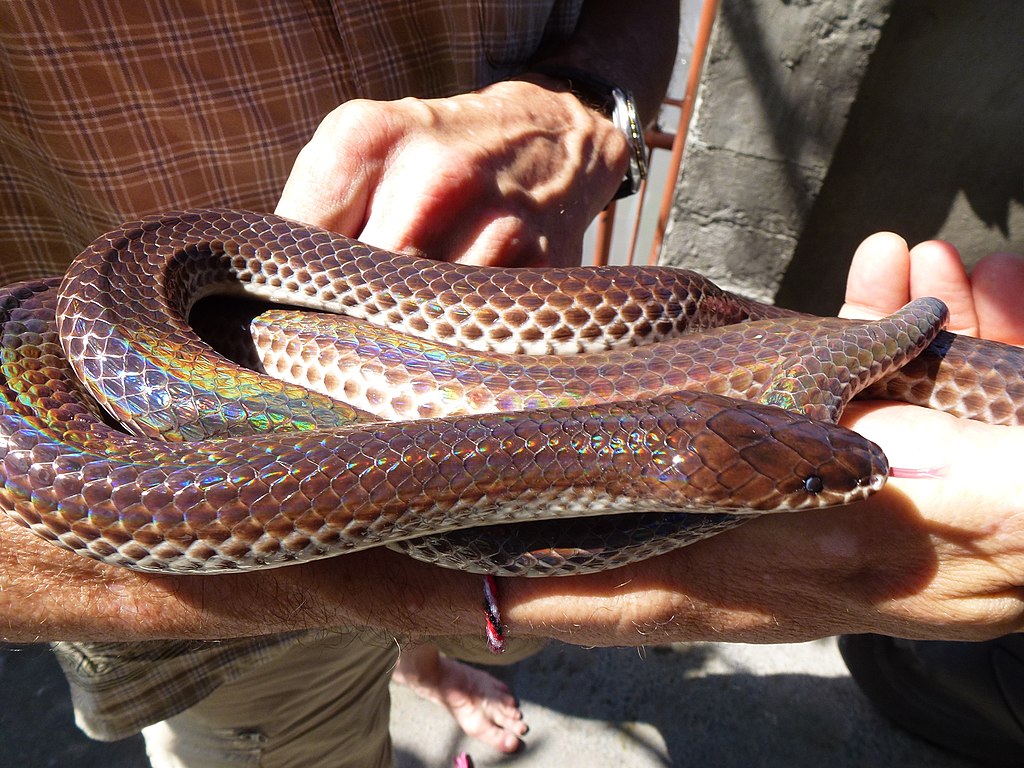
Daily spot cleaning allows you to maintain hygiene with minimal stress to your snake, often without needing to remove your pet from its environment. Using long reptile tongs or feeding forceps, carefully remove waste, urates, shed skin, or soiled substrate without disturbing your snake’s position, especially if it’s hiding or resting. For stubborn waste spots, gently scoop out just the affected substrate and replace it with fresh material that matches the surrounding bedding. If your snake uses a water bowl, develop a technique for sliding it out carefully for cleaning and refilling without causing vibrations throughout the enclosure. When spot cleaning around a sleeping or hiding snake, move slowly and deliberately to avoid startling it, and try to maintain the integrity of established burrows or hide arrangements that provide security.
Partial Substrate Changes: A Stress-Reducing Approach
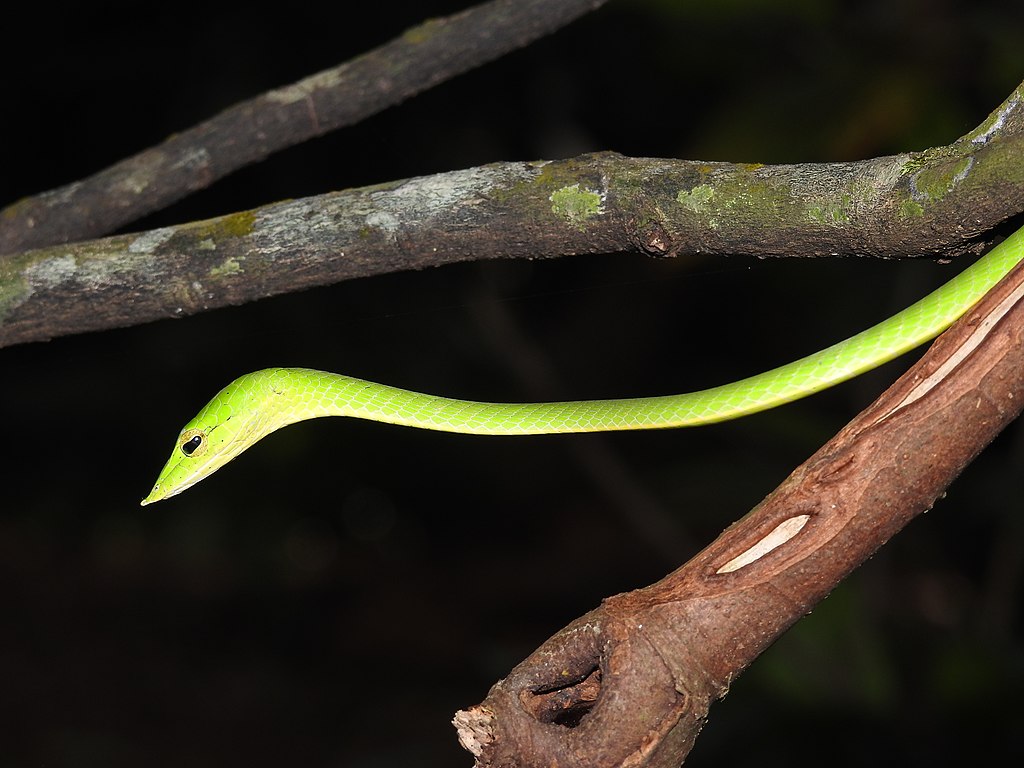
Rather than completely replacing all substrate during routine maintenance, partial changes help preserve familiar scents while still maintaining hygiene. When performing a partial substrate change, remove approximately 25-30% of the bedding material, focusing on areas that tend to become soiled most frequently, such as corners or spaces beneath water dishes. Mix the fresh substrate with the remaining older material to help distribute familiar scents throughout the habitat. This technique is particularly important for burrowing species that create tunnel systems in their substrate, as preserving these structures reduces the stress of having to recreate them repeatedly. For species particularly sensitive to change, you might even store a small amount of the old substrate in a sealed container, then mix it back in with completely fresh substrate during full cleanings to maintain some scent continuity.
Deep Cleaning the Enclosure Safely
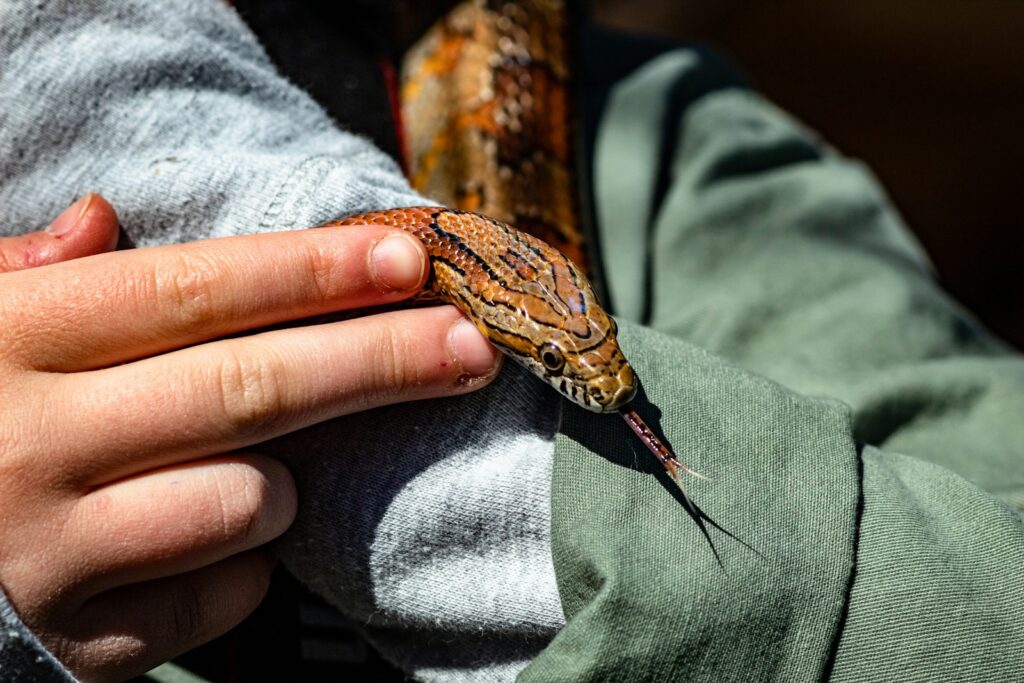
When a full enclosure cleaning becomes necessary, approach the process systematically to minimize the time your snake spends in temporary housing. Begin by removing and setting aside items that carry your snake’s scent, such as favorite hides or climbing branches, which can be returned to the enclosure with minimal cleaning to preserve familiar odors. Clean and disinfect the empty enclosure thoroughly, paying special attention to corners and seams where bacteria can accumulate. Rinse all surfaces multiple times with clean water to remove any cleaning agent residue, then dry completely, as excess moisture can create unhealthy humidity levels. Set up heating elements and allow the enclosure to return to proper temperature gradients before reintroducing your snake, as cold enclosures can cause additional stress and potential health issues like respiratory infections.
Preserving Scent Markers During Cleaning
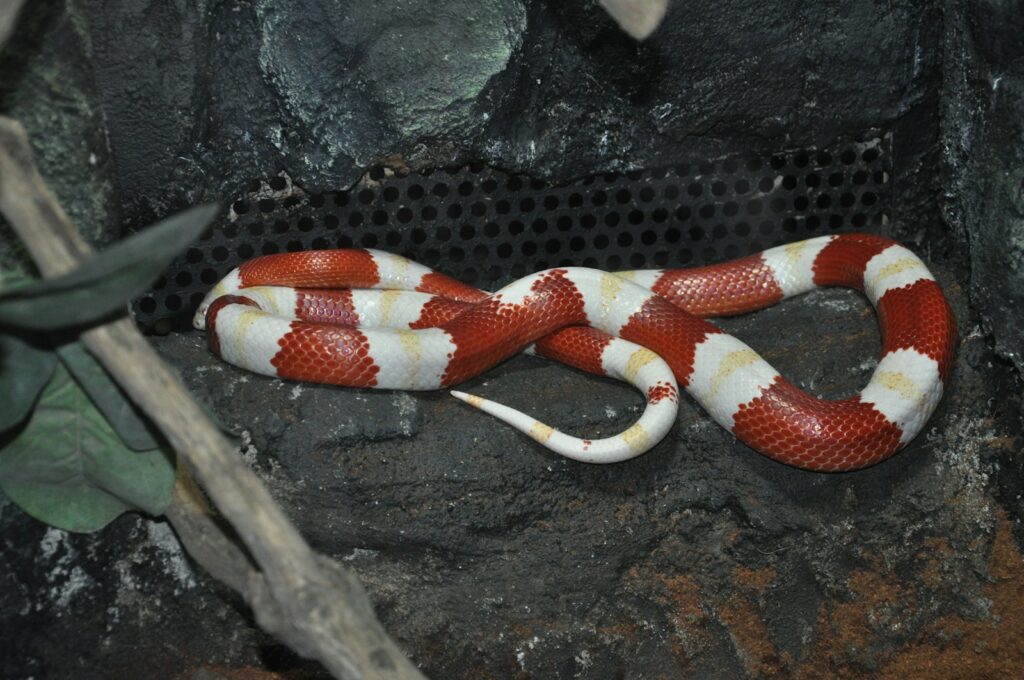
Maintaining familiar scents is key to reducing cleaning-related stress in snakes, as these reptiles heavily rely on olfactory cues for security. When cleaning your snake’s enclosure, consider leaving one or two favorite hide boxes or decorations unwashed or only lightly rinsed to preserve the snake’s scent, providing immediate comfort when it returns to the cleaned habitat. For substrate-dwelling species, save a portion (about 20%) of the old, clean substrate to mix with new material, creating a bedding that still carries familiar scents despite being predominantly fresh. Avoid using scented cleaning products, air fresheners, or heavily fragranced soaps near the enclosure, as these can overwhelm your snake’s sensitive olfactory system and cause disorientation. Some keepers also find success with wiping their hands on the snake’s shed skin before handling, after cleaning, which helps transfer the snake’s scent back to the keeper’s hands.
Special Considerations for Different Snake Species
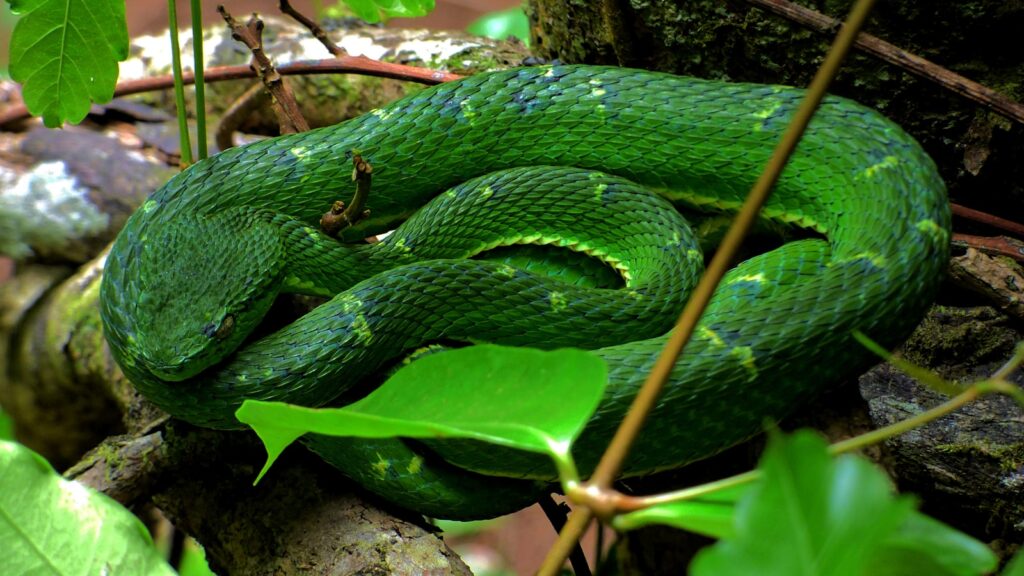
Different snake species have varying sensitivity levels to environmental changes, requiring tailored cleaning approaches. Arboreal species like green tree pythons or emerald tree boas often become stressed when their carefully established perching positions are disturbed, so clean their enclosures in sections rather than all at once when possible. Burrowing species such as sand boas or children’s pythons benefit from deeper substrate with only the top layer regularly replaced, preserving their tunnels and hiding spots. Highly defensive species like certain rat snakes or king snakes may require shorter, more frequent cleaning sessions rather than less frequent deep cleans to reduce stress episodes. Aquatic or semi-aquatic species like water snakes need particular attention to water quality and filtration systems, which should be maintained separately from substrate cleaning to minimize overall disruption at any one time.
Post-Cleaning Monitoring and Care

After returning your snake to its freshly cleaned enclosure, careful observation helps ensure it readjusts properly to its habitat. Watch for normal exploring behavior as your snake reacquaints itself with its environment, which typically involves tongue-flicking and methodical movement throughout the enclosure. Monitor eating patterns closely following cleaning, as some snakes may temporarily refuse food due to stress—generally, waiting 48-72 hours after a major cleaning before offering food yields better feeding responses. Check that your snake returns to using its favorite hiding spots and exhibits normal thermoregulation behaviors by moving between warm and cool areas of the enclosure. If you notice ongoing stress behaviors like continuous hiding, defensive posturing, or refusal to eat for extended periods after cleaning, consider modifying your cleaning protocol to be less disruptive in the future.
Using Cleaning as an Opportunity for Enclosure Enrichment
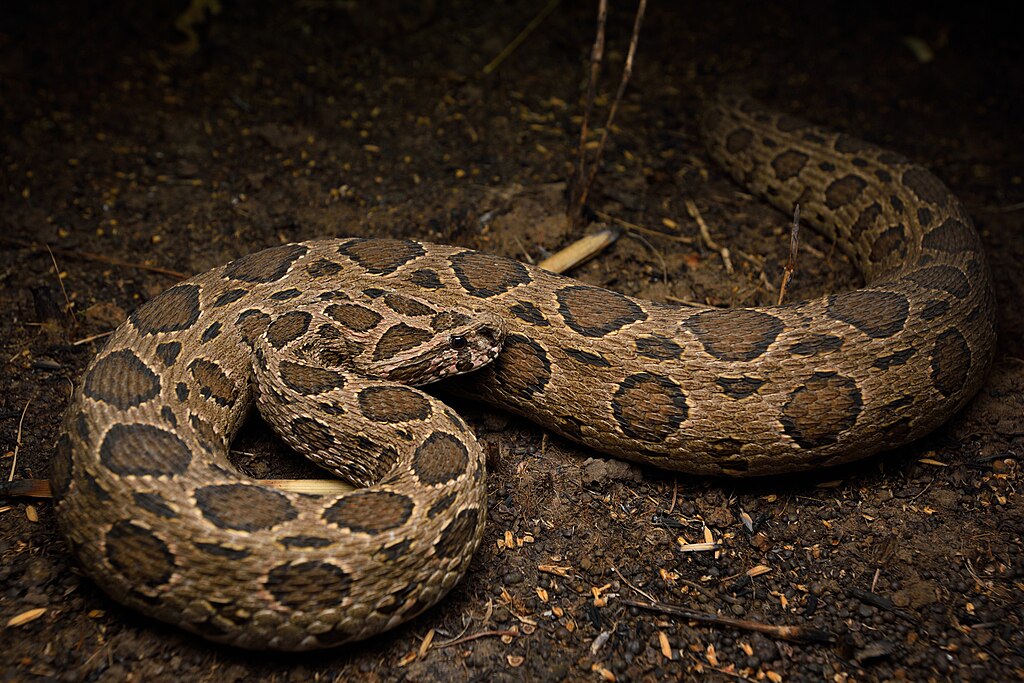
Major cleaning sessions provide an excellent opportunity to introduce positive changes that enhance your snake’s environment. Consider rearranging climbing branches, rocks, or other decorative elements to create new exploration opportunities, which can stimulate natural behaviors and provide mental enrichment. Each cleaning can be an opportunity to introduce one new hide or decoration while maintaining most familiar elements, gradually enhancing the habitat without overwhelming your snake with too much change at once. For substrate-burrowing species, creating new pre-formed tunnels or depressions in the substrate during setup can encourage natural behaviors while reducing the stress of having to recreate all burrowing networks. Some keepers use deep cleaning times to introduce seasonal variations in the enclosure setup, mimicking natural environmental changes that would occur in the wild and potentially stimulating breeding behaviors in mature specimens.
Maintaining a clean enclosure for your pet snake doesn’t have to be a stressful experience for either of you. By understanding your snake’s natural behaviors and sensitivities, you can develop a cleaning routine that respects its need for security while ensuring a healthy habitat. The key principles of preserving familiar scents, minimizing handling time, using safe cleaning products, and making gradual changes will help your snake adjust to necessary maintenance with minimal stress. Remember that each snake has individual preferences and sensitivity levels, so observe your pet closely and be willing to adapt your techniques based on its responses. With patience and consideration, enclosure cleaning can become a smooth routine that supports your snake’s physical health without compromising its emotional well-being.

